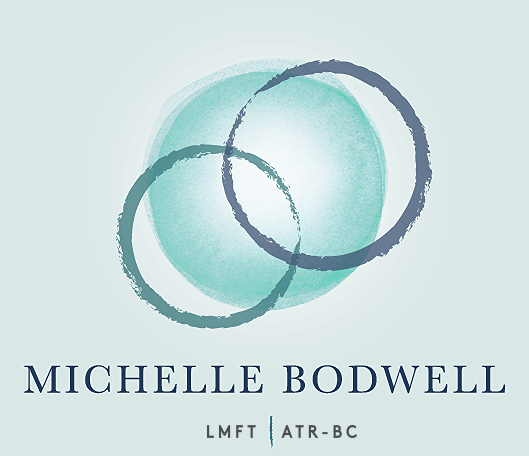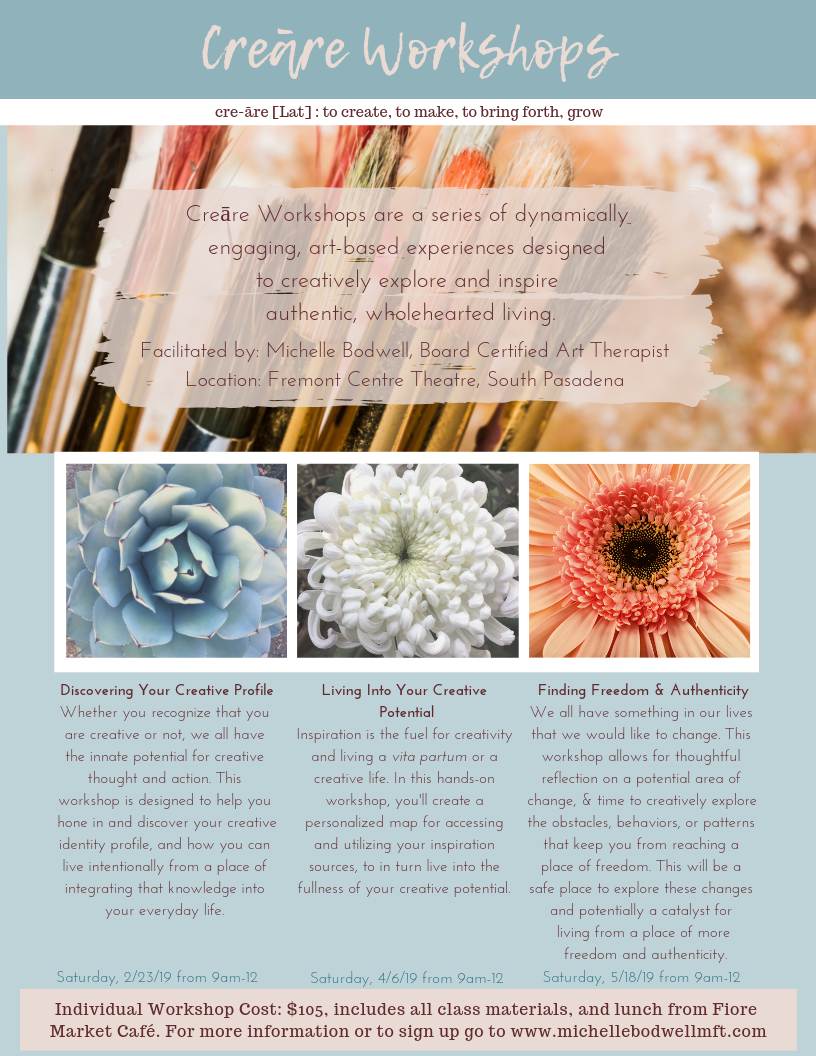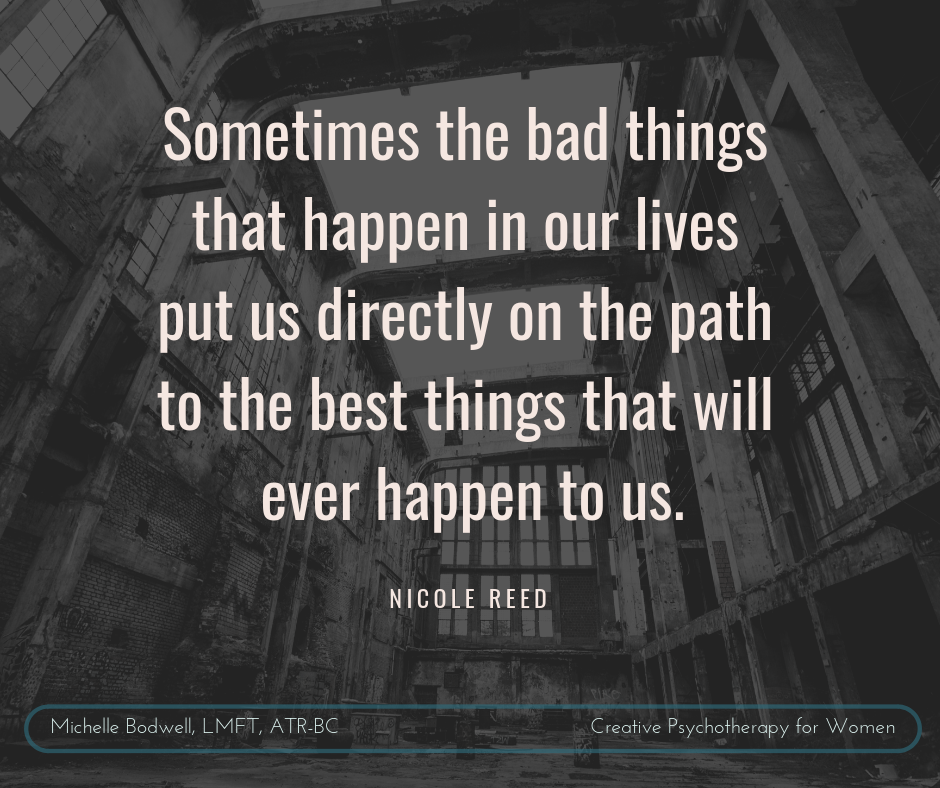As parents, we’ve all had our share of “those moments.” Like when our child has a enormous melt-down in the store aisle, or when we are late for school or work, because our child decides that they don’t like the breakfast options that day, or when we’ve reached our limit and yell, because, well we’re human too.
After experiencing one of those moments, what do you tell yourself? Do you quickly blame yourself or others, do you berate yourself for messing up, or replay the situation over and over reminding yourself of what a failure you are as a parent? Have you ever responded by telling yourself, ‘This is really hard. You’re really suffering now. You’re going to be ok, you’re doing the best you can.” Take a moment to reflect on a recent one of those moments. Now imagine if you were to hear the same narrative from one of your dearest friends. What would you say to them? Would you have a critical response, blaming or shaming them for a mistake, or would you offer them compassion and empathy? I’m assuming that if you’re like most people, you wouldn’t imagine telling them some of the same things that you so easily tell yourself.
Parenting is a slippery slope. It’s one of the most challenging endeavors we encounter as human beings, and yet, there are no absolute instructions. However, when we look around us, someone else always seems to be doing it better. It’s really easy to fall into the shame trap as parents: never feeling good enough, being keenly aware of our shortcomings and mistakes, or replaying the highlight reel of our latest blunders. However, learning to practice self-compassion is the antidote to all those shame poisons we commonly ingest after a challenging day. Self-compassion quells the voices of doubt, shame, criticism, and judgement.
So what exactly is self-compassion? It’s offering ourselves empathy and compassion, just as we would to a dear friend or to our child in a time of suffering or pain. When we learn to recognize our own voices of criticism, perfectionism, comparison, judgment, or shame, and turn them around into kindness and empathy, we are practicing self-compassion.
Researcher and author, Kristin Neff, Ph.D., (https://self-compassion.org) talks about self-compassion as 3 essential components.
Self-Kindness vs.Self-Judgement: “First, it requires self-kindness, that we be gentle and understanding with ourselves rather than harshly critical and judgmental.”
Common Humanity vs. Isolation: “Second, it requires recognition of our common humanity, feeling connected with others in the experience of life rather than feeling isolated and alienated by our suffering.”
Mindfulness vs. Overidentification: “Third, it requires mindfulness—that we hold our experience in balanced awareness, rather than ignoring our pain or exaggerating it.”
I’ve noticed in my own life, along with other parents that I know, it’s easy to begin with good intentions to make positive changes, or develop a new practice, but then life seems to always get in the way. For me, I’m becoming more aware of what I need to be stay aware and grounded, and working towards turning towards compassion for myself and others. There are four things that will always work against us, and sabotage our efforts of self-compassion.
“The Shoulds”: Whenever I detect disappointment or resentment creeping up inside me, I know that I need to check my expectations. When we can be honest about the expectations we have for ourselves as a parent, or for our’s child’s behavior or achievements, then we can explore where they’ve come from and if they’re realistic or not.
Shame: When we see ourselves as flawed, not good enough, or as a failure, our core worthiness is in jeopardy, and we will inevitably struggle with showing ourselves kindness and compassion.
Shrinking Space: A packed life and schedule leaves no room or margin for error, reflection, or intentional practices. Practicing simplicity of schedule builds in space for the unexpected moments of life that will inevitable come.
Swift Speed: When we are able to slow down, we are able to cultivate patience for ourselves and towards our children. Patience is an important piece of showing kindness and empathy.
Take a moment today, to play back something that happened recently between you and your child that didn’t go well. This time, adjust your lens to see yourself and the situation with empathy and self-compassion. Then offer yourself words and actions of comfort and compassion, just as you would to a good friend. Nurturing yourself is not selfish or indulgent, it’s essential for our own emotional well being, and goes a long way in modeling self-compassion to our children as well. When we can look at ourselves through this lens, then we are able to mobilize our energy into productive and healthy change, rather than getting bogged down in the shame storms. When we are able to accept and offer compassion towards ourselves, it then increases our capacity to give it to those around us, including our children!
A Mother’s Retreat is back!!!
If you are in the Nashville area, I am offering A Mother’s Retreat again this spring! This is an 8 week parenting support group for moms with children who have high emotional needs. Space is limited. To learn more.
















